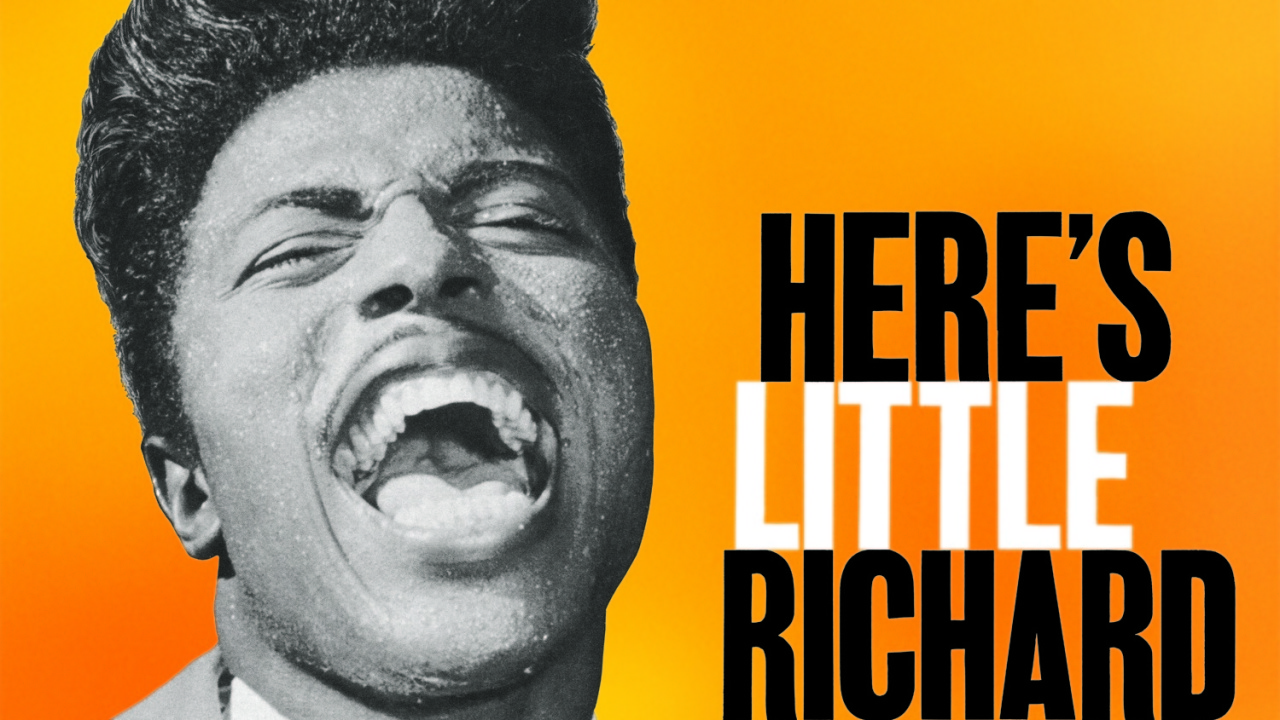You wanted the best, you got the best. Ladies and gentleman, Mr Little Richard Penniman.
The self-proclaimed ‘Queen’ of rock n roll. It’s a spot on analogy too. Elvis Presley’s sexually provocative performance style may have been so outrageous it was deemed unfit for family viewing, but Little Richard’s uninhibited and unpredictable assault threatened to overturn the very values on which conservative America was built.
He was the first African American performer to attract mixed race audiences to national concerts, and during a time when those musicians were expected to operate within the perimeters of the confinements imposed upon them, and an age when the notion of being openly gay was absolutely unheard of, a flamboyant black rock star dressed in drag was not only a totally alien concept, but one that would’ve challenged the ‘social norm’ in unprecedented ways.
Thankfully, we now live in a more accepting world where tolerance is much higher (although there’s still a way to go) but during the 1950s Little Richard would undoubtedly have had to fight - in many cases, for his life - to preach the rock n roll gospel. In doing so, he fearlessly paved the way for the rock n roll rogues that followed - Mick Jagger, David Bowie, Bon Scott, Gene Simmons, Lou Reed, and Lemmy all owe Little Richard a major debt. As does anyone who plays rock n roll music, really.
- Vinyl Treasures: Jerry Lee Lewis - Live at the Star Club, Hamburg
- Our TeamRock+ offer just got bigger. And louder.
- 19 songs that would never have existed if it wasn't for Chuck Berry
- Little Richard - Mono Box: The Complete Specialty & Vee-Jay Albums album review
As a recording artist, Little Richard’s impact on the modern musical landscape can’t be over-emphasised. Every track on his debut record Here’s Little Richard is a stone-cold classic. The album shifts instantly into high-speed gear with opener Tutti Frutti. A hard hitting, wailer of track, it contains arguably the greatest lyric ever written, and from the moment Little Richard screamed those immortal words – “A-wop-bop-aloo-bop-a-wop-bam-boom!” - the world would never be the same. Tutti Fruitti became the blueprint not only for Little Richard’s sound, but also for the rock genre as a whole.
It wasn’t so much the music that made Here’s Little Richard unique. The backing band were solid and consisted of some of the best players around, but the piano parts largely emulated the boogie-woogie style already popularised by Fats Domino, and the rhythm and horn sections were fairly typical of the majority of R&B records around at this time. What made the album distinct was Little Richard’s totally untameable, anarchic vocal style. His voice stands out so hard - a finely tuned instrument capable of phenomenal power and range, from the soulful heartache of Oh Why? and the soft and tenderness on display in Baby, to the maximum rock n roll of Rip It Up and the howling banshee heard on Jenny Jenny.
The real show stopper is Long Tall Sally though. Little Richard’s voice on this absolute stomper still sounds as outrageous, aggressive and contagious as ever. It’s been covered by Elvis Presley, Eddie Cochran, The Beatles and The Kinks to name but a few, but nothing compares to the original. This is rock n roll in its purest, rawest form, sung with the kind of unparalleled, charismatic showmanship only Little Richard could pull off - if you’re in doubt, just listen to the rapidity and bite with which he delivers the “duck back in the alley” line. There’s only one Little Richard.

